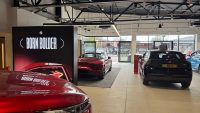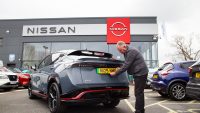Just as day follows night, the rule in the car world has always been that new vehicles lose money the minute you drive them off the forecourt.
Everyone knows you pay a premium to drive around in a new car with the latest registration but that it’ll lose money until the day you come to sell it.
That was until the pandemic turned all that on its head.
A swirl of market forces combined to spin the impossible around and since Covid-19 arrived on the scene we’ve actually witnessed used car prices grow.
And we’re not just talking single digits here.
Since the start of 2021 used car prices have risen nearly 30 per cent with some models rising as much as 70 per cent.

But what caused this strange phenomenon? What was the catalyst that turned the used car market on its head and, importantly, how long can high used car prices remain?
Why did used car prices go up?
At the sharp end of used car pricing throughout the pandemic was Derren Martin, recently promoted to director of valuations at trade pricing firm Cap HPI.
He takes us back to March 2020 and the start of the pandemic when the first lockdown forced car dealers to close their doors.
During that time few car sales were being made and there was confusion as to whether doing deals was even allowed.
For 10 weeks, as the country hid inside watching Netflix, used car transactions plummeted.
‘The used car retail market hit the ground running from day one of reopening after lockdown, if not before,’ explained Martin.
‘There was immediate pent-up demand from consumers that had been wanting or needing to buy during the lockdown period, plus those that were by then reluctant to travel on public transport.’
The start of a new used car world order had begun.

Fear of public transport sent used car prices rising
Concern over catching Covid-19 on buses, trains or the tube was the first catalyst for used car price growth.
Those people who had to travel during the lockdown shunned public transport and took to their cars instead.
London Tube use dropped to 10 per cent of normal numbers, while train journeys fell to as low as four per cent of normal working week days.
For those public transport users who didn’t have a car, that meant finding one.
- Watch our special Car Dealer Live investigation into used car price rises and what happens next in our exclusive video at the top of this post
‘During the first lockdown there was a desire, where possible, to stay in your own space and off public transport,’ explained Jim Holder, editorial director of What Car?
Used car expert Steve Young from industry analyst ICDP says it was this fear of Covid-19 that first gave a boost to the used car market.
‘Personal health concerns during 2020, pre-vaccine, meant that for those who did need to commute, a personal car became far more attractive than public transport,’ he told Car Dealer.
‘This drove demand for good quality smaller cheap cars which exceeded the available supply.’

This started to slowly lift prices at the bottom end of the market which had a knock-on effect up the chain.
‘Smaller, cheaper cars were sought after, as were older premium cars, particularly those over five-years old,’ said Cap HPI’s Martin, as people swapped season tickets for second hand motors.
Pent-up demand pushed used car prices up further
During the months that followed the first lockdown, there was a combination of those looking for alternative forms of transport, coupled with people who had to replace their cars but hadn’t been able to.
This meant car dealers enjoyed a grand reopening.
‘While the buildings may have been closed during lockdown, in the background many car dealers were still taking enquiries and orders so there was plenty of follow-up activity required,’ said Martin.
‘Add to this, some members of the public were looking to sell a more expensive used car and replace it with a cheaper one to realise cash, and all this meant that used car outlets were busy, both online and physically.’
During that first lockdown most dealers had held firm on their prices – the used car market had effectively been paused.
That meant prices started off where they had been before the doors were shut and slowly, but surely, began to rise.
AA president Edmund King said: ‘The surge in price growth really began after the first easing of lockdown restrictions in summer 2020 when pent-up demand built up during the early stages of the pandemic was finally unleashed.’
Jayson Whittington, from trade used car price experts Glass’s, said that the initial trickle of custom quickly became a flood.
‘Demand began outstripping supply, leading to increased hammer prices at auction and subsequently an uplift in residual values,’ he said.
![]()
As showrooms reopened, advertising giant Auto Trader saw consumer searches rocket on its platform too.
‘As lockdown came to an end, we saw a massive surge in consumer demand, which coupled with the low levels of supply caused by auction closures, had an immediate impact on average prices,’ said insight director Richard Walker.
Lockdown savers splashed out on used cars
There was also another strange quirk of the pandemic that also saw an increase in used car buying activity – so-called ‘accidental savers’.
With no meals out to enjoy or non-essential shops to spend cash in, many consumers saved considerable sums of money during lockdowns.
Experts predicted £184bn was tucked away in savings accounts and many decided to spend that money on a new car.

Cap HPI’s Martin said: ‘Consumers were buying cars rather than going on holiday, making that aspirational purchase due to having money in their pocket from a lack of social activity during lockdown.’
But while this kept values strong, and pushed some upwards slightly in specific segments – notably sports cars and the sort of models people buy as a ‘treat’ – it had nothing like the impact on pricing 2021 was to bring.
Production issues impacted used car prices
After two further lockdowns, the start of 2021 saw dealers now used to selling cars with their doors shut and customers happy to buy them online.
But while this kept the wheels turning it wasn’t until the country emerged from the winter months of the third lockdown in April that prices really took off.
‘From April 2021 onwards the market was on fire,’ said Martin.
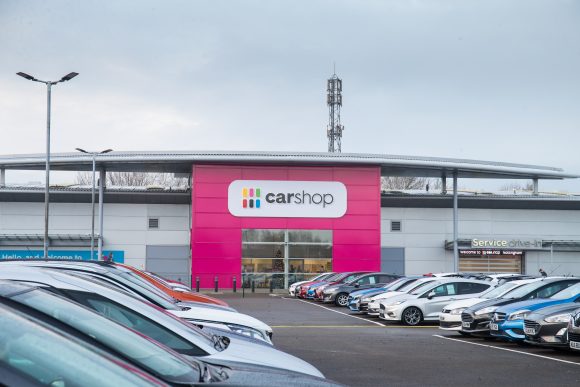
Used car supermarket Carshop operated successfully online during the lockdowns, but when customers were allowed back into showrooms, boss Nigel Hurley said things just got better and better.
‘When we emerged from lockdown in April 2021 there was significant pent-up demand within the market in the same way there was in 2020, however, the crucial difference this time was the global semiconductor shortage and supply chain issues affecting new car manufacturing,’ he said.
‘This resulted in a smaller supply of new cars and very long lead times on new car orders.’

The semiconductor issue meant there was a shortage of the chips used to power thousands of electrical components used in every new car.
The average new model uses around 2,000 of these scarce chips and without them manufacturers simply couldn’t keep production lines going.
With fewer new cars rolling out of factories, a cog fell off the great used car machine.
‘What followed was something we have never experienced before,’ said Hurley.
‘For many years now, the manufacturers have been motivated to grow their new car market share and this put pressure on the retailers to meet those growth expectations.
‘This created a false demand for new cars as retailers churned demonstrator and service loan fleets and on occasion would self-register cars.
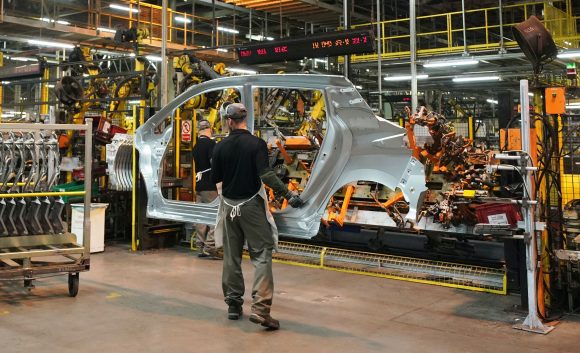
‘In addition, the manufacturers were seeking out their own channels to distribute sales. These cars, along with the retailers’ nearly new stock, would flood the used car market.
‘This then drove down prices as supply and demand for these cars was out of balance.’
It was this false sales channel that had been stopped dead by the parts shortages and was sending used car prices skywards.
Why do semiconductor shortages affect used car prices?
As 2021 continued and the extent of the semiconductor shortage became clear, used car prices began to rise fast.
By mid-2021 reports suggested that the supply of semiconductors wasn’t going to be fixed anytime soon – some even predicted it could last well into 2023.
‘Unlike other commodities, automotive is a small player in the overall semiconductor market, and other larger customers – mobile phones, gaming, home entertainment etc – had stepped in to absorb the capacity released by automotive [when production lines slowed down during the pandemic],’ said Steve Young from ICDP.
‘The demand for these other products had increased during the pandemic, so new capacity had to be added to meet the demands of all customers – automotive was then at the back of the queue.’
With far fewer new cars coming out of factories, the supply of cars was choked from the top.
Auto Trader’s Walker said the impact was ‘profound’.
‘It has caused prices to rocket far beyond what the market has ever seen before, with five years’ worth of growth condensed into just seven months,’ he said.
Leasing companies, which would usually fuel the used car market, couldn’t renew their fleets so held on to their cars for longer.

New car buyers, unprepared to wait months, sometimes even years, for a new model turned to the used car market instead – and they were happy to pay a premium for the privilege.
‘Long lead times led to significant levels of extensions in the leasing sector, as well as fewer part-exchanges hitting the market,’ explained Glass’s Guide editor Whittington.
‘Those unwilling to wait the long lead times necessary to take delivery of a new car, turned to the used car market instead.’
Why do used cars cost more than new?
This once-in-a-lifetime combination of conspiring factors brought a simmering used car market to the boil and prices rose nearly 30 per cent in a year.
‘AA data shows a five-year-old Mini Hatch ended up costing 15 per cent more in 2021 than a three-year-old one did in 2019,’ said Edmund King.
Cap HPI’s Martin had been keeping a close eye on the price rises and was shocked by what he saw.
‘On average, cars went up by 27.6 per cent during 2021, with many cars going up by thousands of pounds,’ he said.

His data shows a three-year-old Toyota Auris went up 68 per cent during 2021, a Vauxhall Zafira 64 per cent and a Mercedes V-Class 59 per cent.
And these weren’t anomalies. Here we list 25 models that rose the most during 2021 and there were many more posting positive growth.
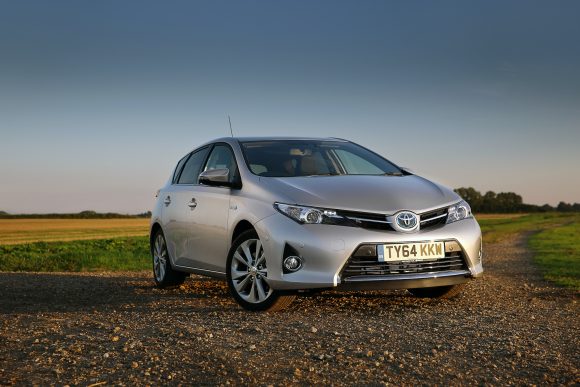
Toyota Auris prices have soared
Will used car prices keep rising in 2022?
Experts say what happens next to used car prices in 2022 is generally more of the same – but with the spectre of the rising cost of living looming large into view.
While those dramatic gains in used car values won’t be as apparent, with new car supply still seriously affected, prices certainly aren’t going to plummet.
‘Those unbelievable 50-to-60 per cent price increases we saw last year won’t be seen this year, but if you’re expecting to see any sort of bubble bursting, you’re going to be disappointed,’ said Cap HPI’s Martin.
‘There’s not going to be a crash. There simply aren’t enough used cars out there to burst that bubble.’
Glass’s Guide experts agree.
‘It is likely that disrupted used car supply will continue for at least the next couple of years, and consequently, the outlook remains positive for residual values,’ said the firm’s Whittington.
‘We expect some depreciation this year, as it seems unlikely values can maintain their current levels, but only by around 4-5 per cent.’
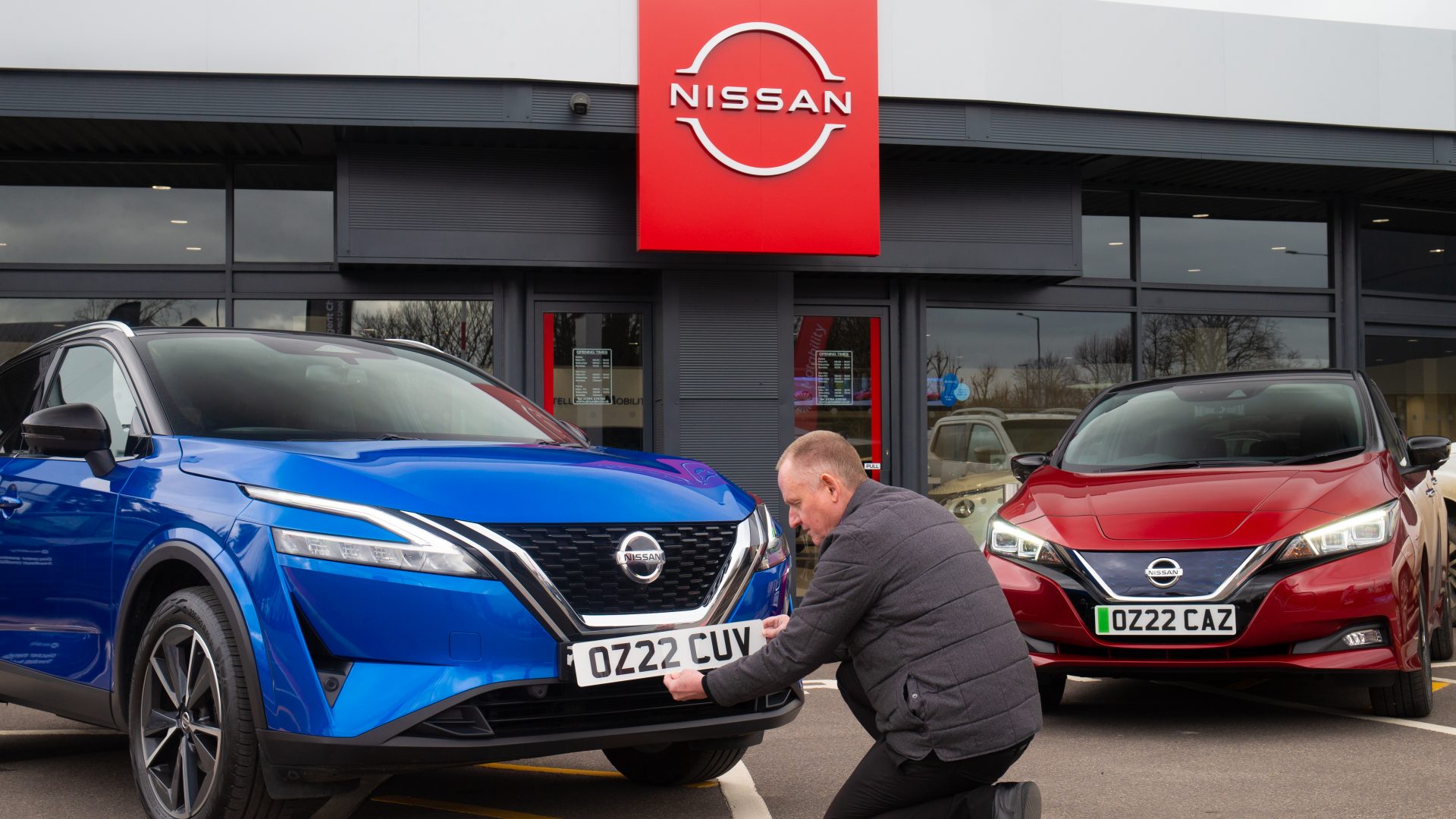
Fewer new car sales on the 22-plate will likely keep used car prices high for some time to come
Auto Trader points to the fact that 1.5m fewer new cars have been sold since 2020 – which will cause shortages for years to come.
‘The huge shortfall of new cars entering the market will be felt for at least the next few years as younger vehicles become increasingly scarce,’ said the firm’s Walker.
Cox Automotive used car expert Philip Nothard said there are ‘no rational reasons’ for the used car market to be suddenly flooded with stock and thus negatively impact prices.
‘Following the acceleration of increase we observed in used values over the past 18 to 24 months, we do expect stabilisation and a return to what many may describe as a typical monthly depreciation, but this will be a prolonged movement and will take some time,’ he said.
But there are concerns with some about the cost of living beginning to squeeze the wallets of those previously happy to splash out on a used vehicle.
What Car?’s Holder said: ‘There’s the threat of rising cost of living and a looming, sharp recession, that not-so-distant history from 2008/9 suggests can paralyse the car market.
‘Some might argue that it is new car sales that will suffer most at a time of economic hardship, but it’s hard to believe that inflated used car prices will hold if the squeeze on everyday costs continues.
‘The turmoil certainly isn’t over yet.’
High used car demand will continue for some time
Car dealers we spoke to are gearing up for continued high demand for used models, but are also mindful that the cost of living may dampen demand.
Chris Wiseman, who runs Wessex Garages – a Kia, Hyundai, Nissan and Mazda dealer – said: ‘I suspect the used car market to remain reasonably buoyant for the remainder of 2022, but margins are likely to reduce slightly if consumer demand falls away for economic reasons.’
Edmund Kind at The AA thinks the craziness might just be coming to an end.
‘This upward trend cannot continue forever, and prices are likely to stabilise this year,’ he said.
‘However, some models may continue to see prices grow because fewer new cars were sold in 2020 and 2021, meaning there are also fewer nearly-new vehicles entering the second-hand market.’
Shoreham Vehicle Auctions boss Alex Wright thinks that consumers may actually grow tired of paying more for a used model and will instead be happy to join the waiting list for a new one instead.
‘The market has peaked with prices set to continue to bubble along at their current level,’ he said.
‘Consumers now feel prices are too dear and so are prepared to wait for their next new car rather than pay close to retail money for a six-month-old car.’
But even he thinks it could be 2023 before we see the used car market return to anything like normal again. If there even is such a thing any more…
What do you think? Will used car prices remain high in 2022 or is there a crash on the way? Let us know by emailing your comments to us.










